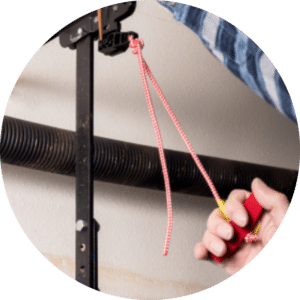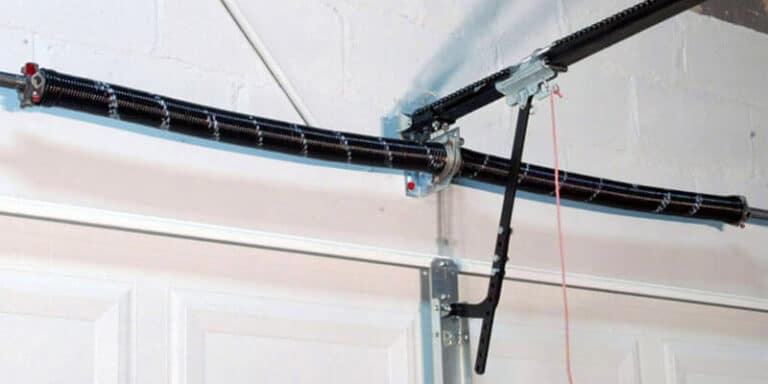


A garage door release cord, often referred to as an emergency release cord or release rope, is a crucial safety feature integrated into most garage door opener systems. This simple yet invaluable component serves as a manual override mechanism, allowing homeowners to disengage the automatic opener system temporarily and operate the garage door manually when necessary. Its primary purpose is to ensure that you can still access your garage and control the door’s movement, even in scenarios where the automated system is not functioning optimally, such as during power outages, opener malfunctions, or emergency situations.
The garage door release cord operates based on a straightforward principle:

A garage door release cord proves useful in various situations:
Using a garage door release cord is a straightforward process, and it can be extremely useful in various scenarios. Here are the steps to effectively utilize the release cord:
Reconnecting your garage door to the automatic opener system after pulling the release cord is a crucial step to restore normal operation. Here’s how to do it:
By following these steps, you can effectively reestablish the connection between your garage door and the automatic opener system after using the release cord. It’s important to perform this process correctly to ensure the safe and efficient operation of your garage door.

While the garage door release cord enhances safety and convenience, it is crucial to be mindful of several key safety considerations:
In summary, a garage door release cord, often known as an emergency release cord or release rope, is a pivotal safety feature in your garage door opener system. Its primary role is to provide a manual override mechanism, allowing you to disengage the automatic opener system and operate the garage door manually when required. Whether it’s a power outage, opener malfunction, or emergency situation, the release cord ensures that you can maintain access to your garage and control the door’s movement, even when the automated system encounters issues. While it offers convenience and peace of mind, it should be used with care and in accordance with its intended purpose to ensure the safe and efficient operation of your garage door. Gaining a comprehensive understanding of how the release cord works and the circumstances in which it should be utilized is vital for every garage owner.
Superior Garage Door Repair
(888) 342-6664
247superiorgaragedoor.com
Copyright © 2017-2023 Superior Garage Door Repair | All rights reserved.
